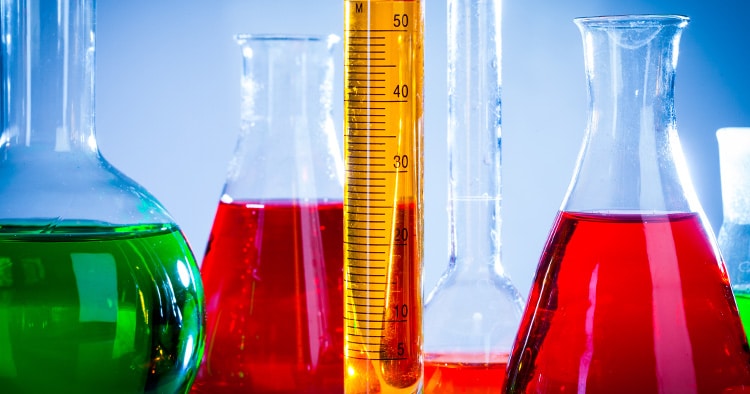pH is the measure of the acidity or alkalinity of an aqueous solution. Solutions with a pH less than 7 are acidic and solutions with a pH greater than 7 are alkaline. Pure water has a pH very close to 7.
Solutions of acids and alkalis can vary widely in their acidity and alkalinity. It is useful to know not just whether a solution is an acid or an alkali, but how acidic or how alkaline it is. Acidity and alkalinity are measured using the pH scale.
The pH scale runs from pH 0 to pH 14. pH Measure of acidity (0-6) or alkalinity (8-14).
| < 1 | 1,5 – 4 | 4 – 6 | 6,8 – 8,5 | 8,5 – 11 | 11 -13 | > 13 |
| strong acid | acid | weakly acidic | neutral | weakly alkaline | alkaline | strongly alkaline |
Acidic
Chemical substances, compounds, mixtures that have an excess of H+ (Hydrogen) ions. When measured on a pH meter give a reading of 0 to 6. The lower the number, the more H+ ions and the stronger the acid. Organic acids (fruit) typically have a pH of 4 – 6.
Neutral
Pure water is pH neutral.
It has one H+ ion (Hydrogen) and one OH- ion (Hydroxide) = H2O.
Neutral chemical substances, compounds, mixtures when the OH- and H+ ions are in balance. Neutral substances have pH of 7.
Alkaline
Chemical substances, compounds, mixtures that have an excess of hydroxide ions (OH-). When measured on a pH meter give a reading of 8 to 14. The higher the number, the higher the concentration of the ions.
 ประเทศไทย
ประเทศไทย Australia & NZ
Australia & NZ 中国
中国 India
India Indonesia
Indonesia 日本
日本 한국
한국 Malaysia
Malaysia Philippines
Philippines Singapore
Singapore 台灣
台灣 Tiếng Việt
Tiếng Việt

